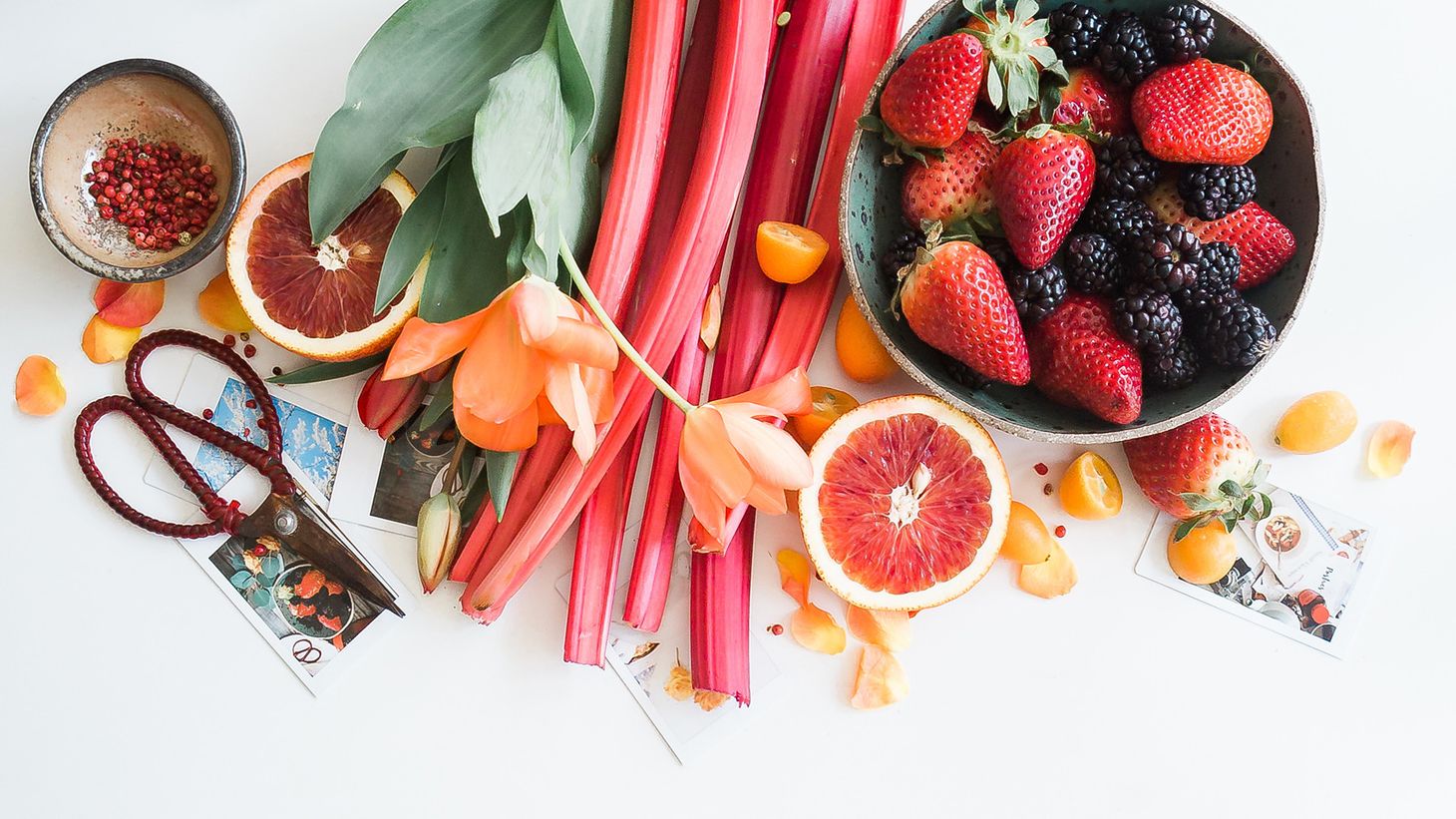Your child has just been diagnosed with a food intolerance or allergy. What can you do? Here are 8 tips to make the experience that much easier.
1. Birthday parties
How heartbreaking is it when you have to watch your child miss out at a birthday party? When you have to look into their face and see the jealousy, disappointment, longing, and in the beginning or on a bad day, the tears that fall. I’ve lost track of the amount of times I witnessed this, particularly in those early years. Now, we simply call ahead to the person hosting the party and get a list of foods that will be there. I then delve into my repertoire of recipes and match the food as closely as possible. This saves me having to explain things to the host, makes me feel more comfortable and, ultimately and most importantly, allows my child to truly participate in the fun of a birthday party. Bye, bye tears.
Read: Children’s food allergies: Signs and symptoms
2. Heading out for dinner
A little preparation will save you a lot of embarrassment. First things first, work out where you want to go and download the menu. Work out what you can eat. Are there any changes that need to be made to a particular dish? Ring the restaurant ahead of time and ask any questions you may have, such as, “Do you pre-make your salads?”, “Can you take out the onion?” or “Are your chips beer-battered?” and “What do you put in your mashed potatoes?”
When you are ordering, always make sure they know it’s for a customer with an intolerance. A lot of restaurants are reluctant to accommodate people who they believe are on fad diets or just don’t like things. When you take the time to explain it is for an intolerance and that the food will make your child sick, you will be amazed at what can be done. Always ensure that if there is a language barrier you seek out someone who understands completely. I learnt that lesson the hard way and it’s always your child who pays the price!
3. Every child with intolerances is different
What one child can tolerate is not necessarily what another one can. I recommend seeing a specialist for diagnosis and a paediatric dietitian to help you get started, but make sure it is someone who specialises in intolerances. When we finally found our paediatric dietitian she was worth her weight in gold.
4. The changes are sort of working
Just because your child has been diagnosed with fructose intolerance/malabsorption, for example, doesn’t mean that there isn’t something else going on. When my daughter Keira was diagnosed, she was 100 per cent better a few weeks after we changed her diet. However, over time, she would still have intermittent bouts of nausea and/or diarrhoea. It turns out she has problems with more than just fructose. It was combined with some bowel issues, so you can see how this might cause some issues. The bottom line is, if things aren’t right, there may be other issues, so explore these with your specialist or paediatric dietitian. Remember: You are the best advocate for your child—trust your gut.
5. Always read the labels
There are always hidden nasties in food that you never would have thought about. I always believed that my family had a well-balanced diet before Keira was diagnosed, and we did, mostly. Five food groups—tick. But little things as simple as a stock cube can cause a heap of trouble for your child, so always make sure you read the labels. Onion powder, garlic powder, high-fructose corn syrup—these are staples in many pre-packaged foods.
In the video below, our resident nutritionist takes a practical look at those confusing food labels.
6. Friends and family
Friends and family can be fantastic and supportive, but don’t always know the consequences if they make a mistake when feeding your child. Don’t be afraid to reiterate information to them whenever you feel it’s necessary.
7. Where do I buy it?
Now that you need to make almost everything from scratch, there are a few ingredients you will need to become familiar with, and also know where to buy them. Things such as dextrose powder, also known as glucose powder, you will be able to source from your local health food store. Xanthan gum and sugar-free pure vanilla extract can also be found at your local health food store or some major supermarkets. Rice malt syrup, gluten-free plain flour, gluten-free self-raising flour and gluten-free pasta can now be found at a cheaper price in the major supermarkets. If in doubt, ask your local health food store and they will generally be able to source what you need.
8. You can just change the recipe or create new ones
If you like a recipe, don’t be afraid to play around with it and change it or create something completely new. Would that cake work with no dried fruit? Can I change the type of flour that is used? Will I need to adjust the cook time or oven temperature? If you can’t tolerate sucrose (sugar), dextrose powder or even rice malt syrup, look around at the available sweeteners that you can tolerate, see what will work. Trial and error—that is all it takes. Always consult your health care professional. Make sure you make things fresh as you are not adding anything to preserve your food.
Bonus recipe: Gluten-free Anzac biscuits

Edited extract from Mum, Can I Eat This?, by Casey Ellis (2018).
How helpful was this article?
Click on a star to rate it!
0 / 5. 0
Be the first to rate this post!


